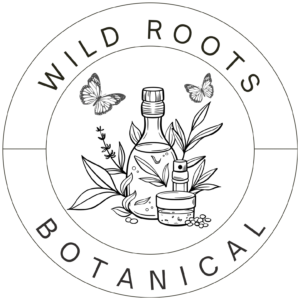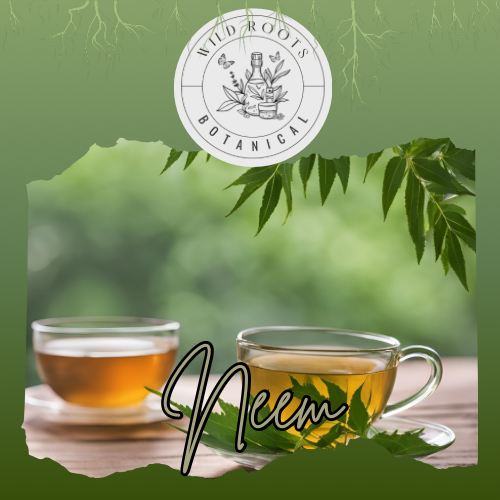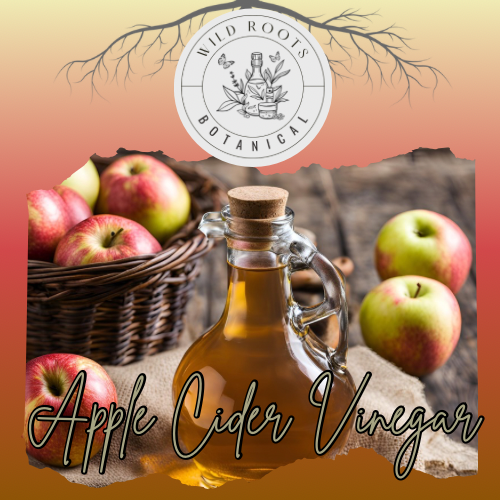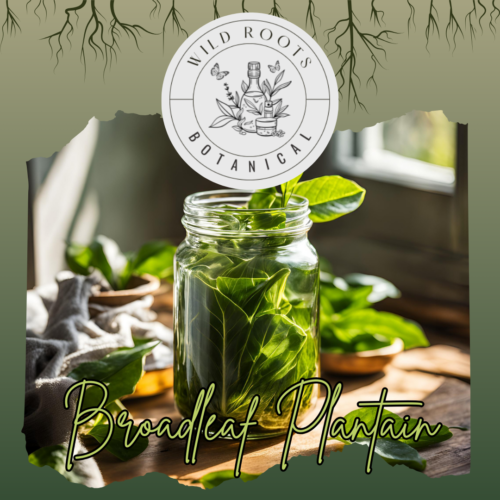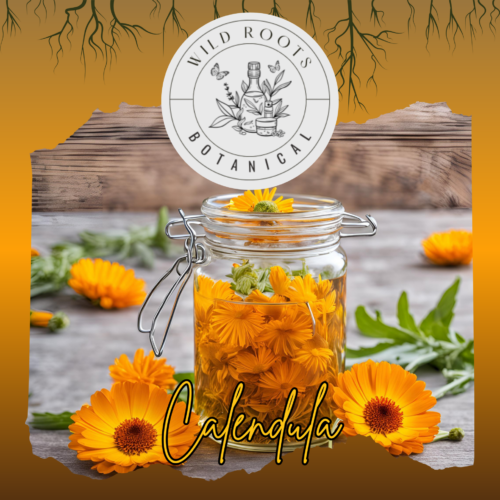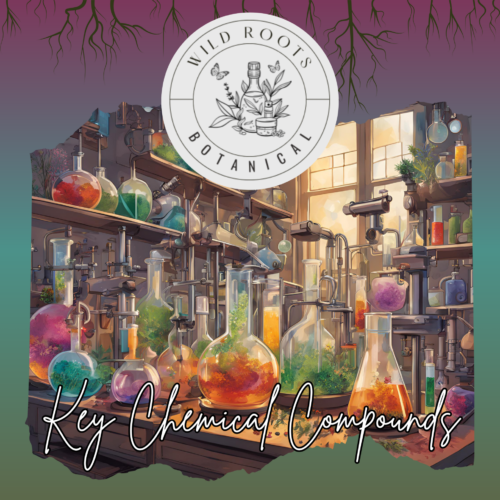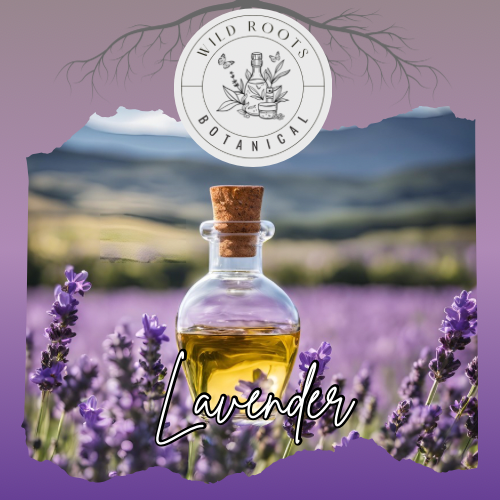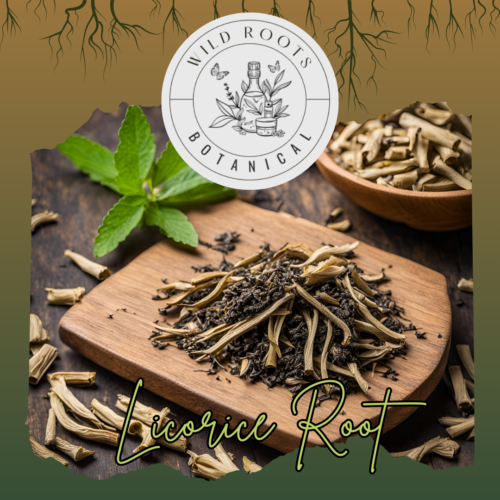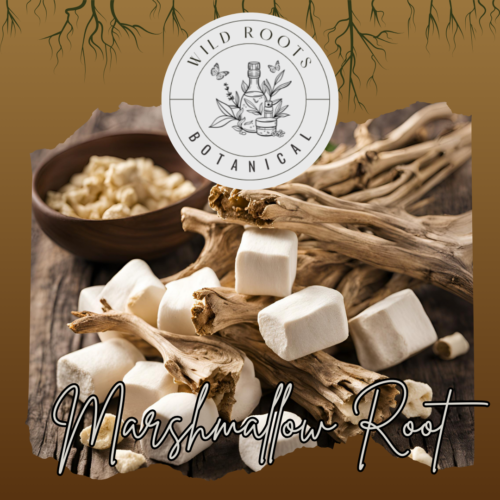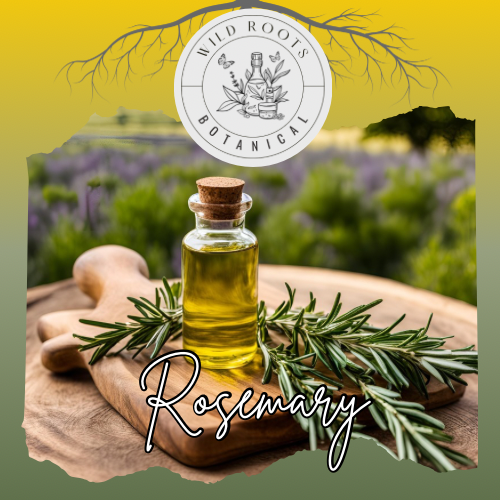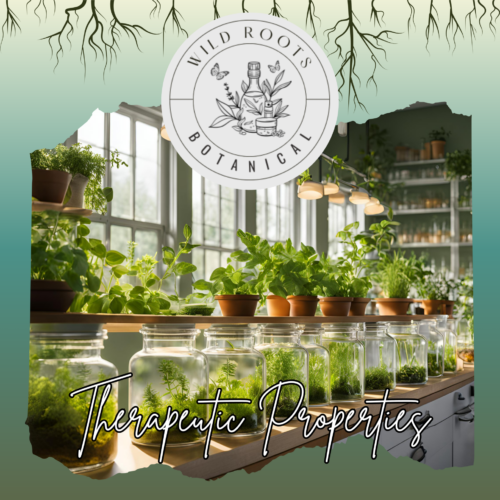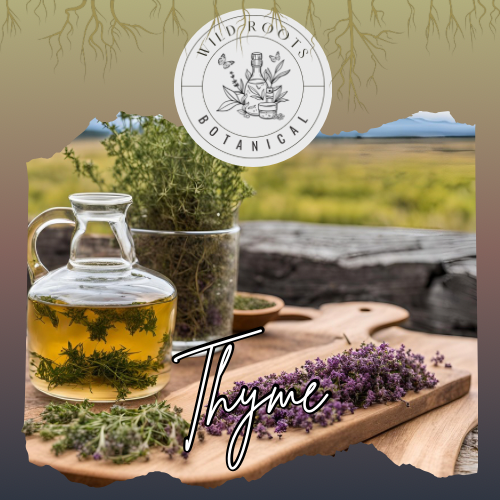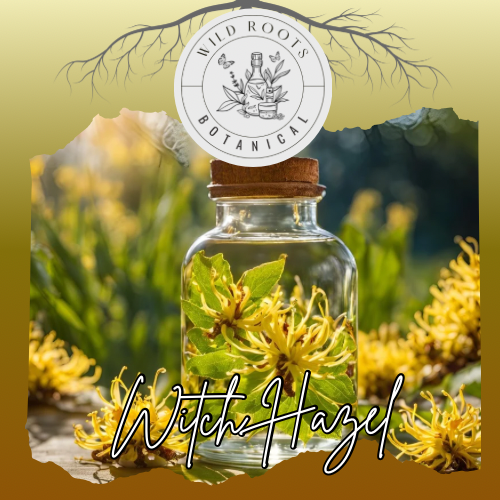Neem: The Village Pharmacy – A Comprehensive Guide
Introduction
Azadirachta indica, commonly known as Neem, has earned the nickname “village pharmacy” in its native India, where it’s revered as a miraculous plant capable of treating countless ailments. For over 5,000 years, every part of this remarkable tree – from its bark to its seeds – has been utilized in traditional medicine, agriculture, and daily life.
Historical Journey
Ancient Origins
Neem’s documented use dates back to the Indus Valley Civilization (3300-1300 BCE). Ancient Sanskrit writings refer to it as “Sarva Roga Nivarini” (curer of all ailments). The tree played a crucial role in Ayurvedic medicine, where it was prescribed for skin diseases, dental care, and overall wellness.
Cultural Significance
- Mentioned in ancient texts like the Charaka Samhita
- Used in religious ceremonies and rituals
- Considered sacred in Hindu tradition
- Integral part of Indian folk medicine
Scientific Understanding
Chemical Composition
Key compounds include:
- Azadirachtin
- Nimbin
- Nimbidin
- Gedunin
- Sodium nimbinate
- Quercetin
- Salannin
Bioactive Properties
Research has identified:
- Antimicrobial activity
- Anti-inflammatory effects
- Antioxidant properties
- Immunomodulatory functions
- Antiparasitic actions
Traditional Uses
Medicinal Applications
- Skin Care
- Acne treatment
- Eczema relief
- Psoriasis management
- Wound healing
- Oral Health
- Natural toothbrush (neem twigs)
- Gum disease prevention
- Cavity protection
- Bad breath treatment
- Internal Health
- Digestive disorders
- Blood sugar regulation
- Liver support
- Immune system enhancement
Agricultural Uses
- Natural pesticide
- Soil enrichment
- Crop protection
- Sustainable farming
Modern Applications
Pharmaceutical Industry
- Dental care products
- Skincare formulations
- Dietary supplements
- Natural medicines
Personal Care Products
- Soaps and shampoos
- Face masks and creams
- Hair oils and treatments
- Natural insect repellents
Agricultural Products
- Organic pesticides
- Fertilizers
- Soil amendments
- Crop protection solutions
Scientific Research
Clinical Studies
Recent research focuses on:
- Anticancer properties
- Diabetes management
- Antimicrobial resistance
- Skin disease treatment
Environmental Impact
Studies show:
- Carbon sequestration benefits
- Soil improvement capabilities
- Biodiversity support
- Sustainable resource potential
Preparation Methods
Traditional Forms
- Neem Oil
- Cold-pressed from seeds
- Used for skin and hair
- Natural pesticide
- Medicinal applications
- Neem Leaf Extract
- Water or alcohol-based
- Internal and external use
- Therapeutic applications
- Dental hygiene
- Neem Powder
- Ground dried leaves
- Facial masks
- Dietary supplement
- Topical applications
Growing and Harvesting
Cultivation
Growing requirements:
- Tropical to subtropical climate
- Well-draining soil
- Full sun exposure
- Drought tolerant
Harvesting Guidelines
- Leaves: Year-round
- Seeds: Once annually
- Bark: Sustainable harvesting
- Flowers: Seasonal collection
Safety and Precautions
General Safety
While generally safe, consider:
- Pregnancy contraindications
- Children’s dosage limitations
- Potential allergic reactions
- Drug interactions
Usage Guidelines
- Start with small doses
- Monitor for reactions
- Use quality sources
- Follow traditional protocols
Modern Research Directions
Current Studies
Focus areas include:
- Cancer research
- Diabetes management
- Antimicrobial resistance
- Sustainable agriculture
Future Potential
Promising applications:
- Drug development
- Environmental solutions
- Agricultural innovations
- Healthcare applications
Fun Facts
- A mature neem tree can purify air equivalent to 10 air conditioners
- Neem trees can live for over 200 years
- It’s called “nature’s drugstore” in India
- The UN declared neem the “Tree of the 21st Century”
Environmental Impact
Ecological Benefits
- Air purification
- Soil improvement
- Wildlife habitat
- Carbon sequestration
Sustainability
- Renewable resource
- Low maintenance
- Drought resistant
- Multiple-use crop
References
- Biswas, K., et al. (2002). “Biological activities and medicinal properties of neem (Azadirachta indica).” Current Science, 82(11), 1336-1345.
- Alzohairy, M. A. (2016). “Therapeutics Role of Azadirachta indica (Neem) and Their Active Constituents in Diseases Prevention and Treatment.” Evidence-Based Complementary and Alternative Medicine.
- Lokanadhan, S., et al. (2012). “Neem products and their agricultural applications.” Journal of Biopesticides, 5, 72-76.
- Subapriya, R., & Nagini, S. (2005). “Medicinal properties of neem leaves: a review.” Current Medicinal Chemistry-Anti-Cancer Agents, 5(2), 149-156.
Traditional Recipes
Neem Face Mask
Traditional beauty treatment:
- Ground neem leaves
- Turmeric powder
- Rose water
- Honey
Neem Hair Oil
Classic hair treatment:
- Neem leaves
- Coconut oil
- Optional: herbs
- Solar-infused method
